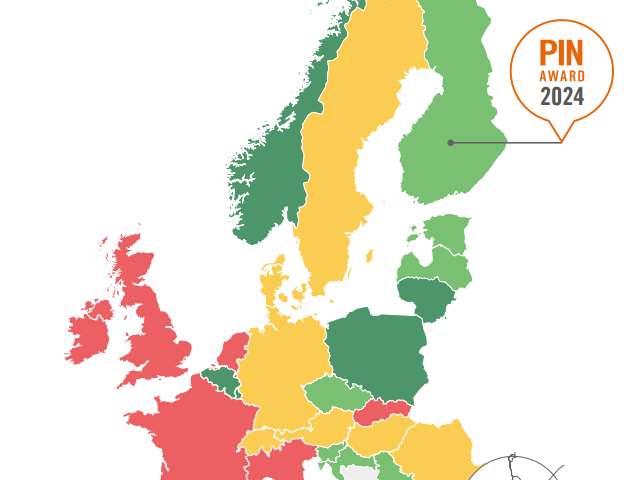
Transport Safety Performance Indicators
This ETSC review provides an overview of transport safety performance indicators at the European level.
Traditionally, transport safety work has been based on crash data. However, transport crashes are relatively rare events. There is a need to establish and specify safety performance indicators, which are causally related to crash frequency and severity. Increasingly, behavioural measures such as percentage usage of seat belts, crash helmets, proportion of drivers being drunk, exceeding the speed limits or running red light cameras are used. Such measures can give direction to policy instruments, make it possible to assess limited areas of transport safety and within very specified problem areas. Because of the high information density, they allow quicker and more local analyses and monitoring than crashes. They are also easier and more effective for public information work.
This report considers best practice in the use of safety performance indicators in road safety and in other modes and gives recommendations for the use of such indicators as an integral part of safety programmes both at the EU and national levels.
The main objectives of the study are:
- To explain how and why transport safety performance indicators can be used as one element of a rational safety management system, and give examples of the use of such indicators as part of a safety programme;
- To give an overview of transport safety performance indicators that can be used in addition to crash records to monitor safety trends and assess safety problems in all modes of transport;
- To describe in general terms the causal relationship between each of the transport safety performance indicators and safety outcomes such as the number of crashes or crash severity;
- To survey the current use of road safety performance indicators in Europe;
- To outline best practice in the use of transport safety performance indicators, by identifying the most important indicators and briefly outlining how to collect and present data referring to these indicators.








